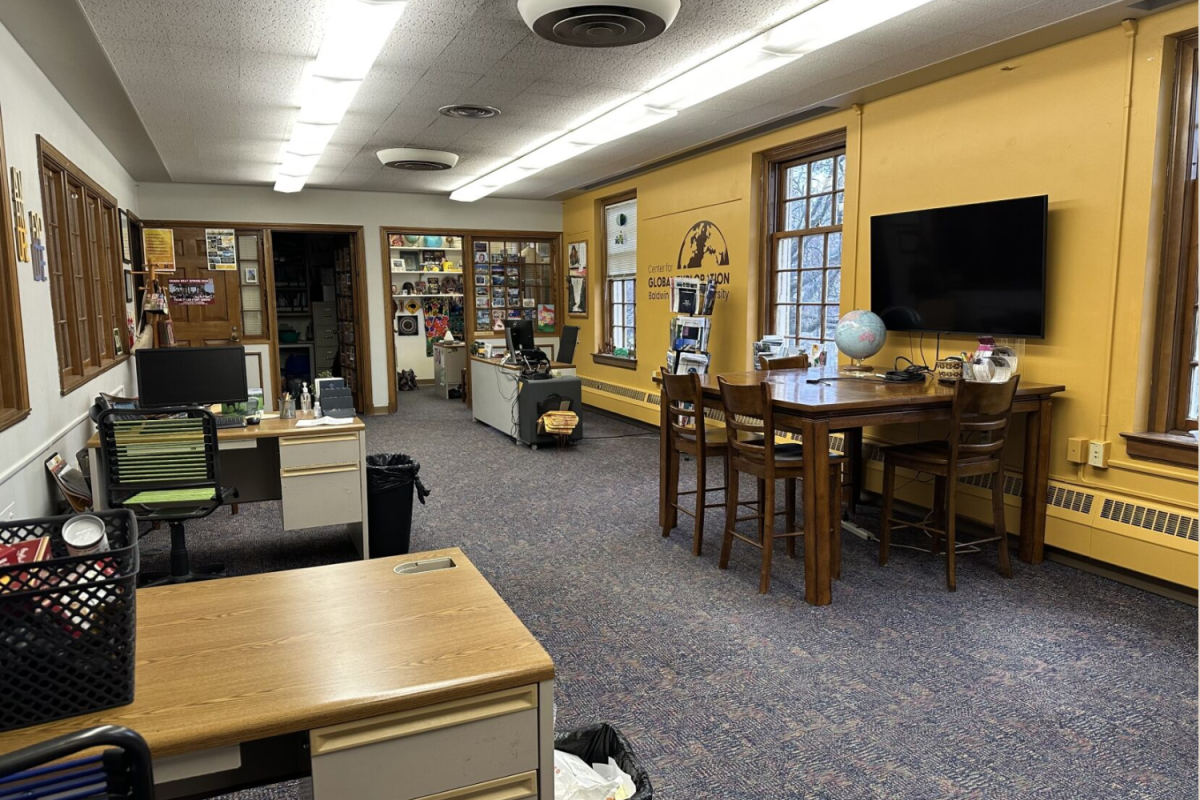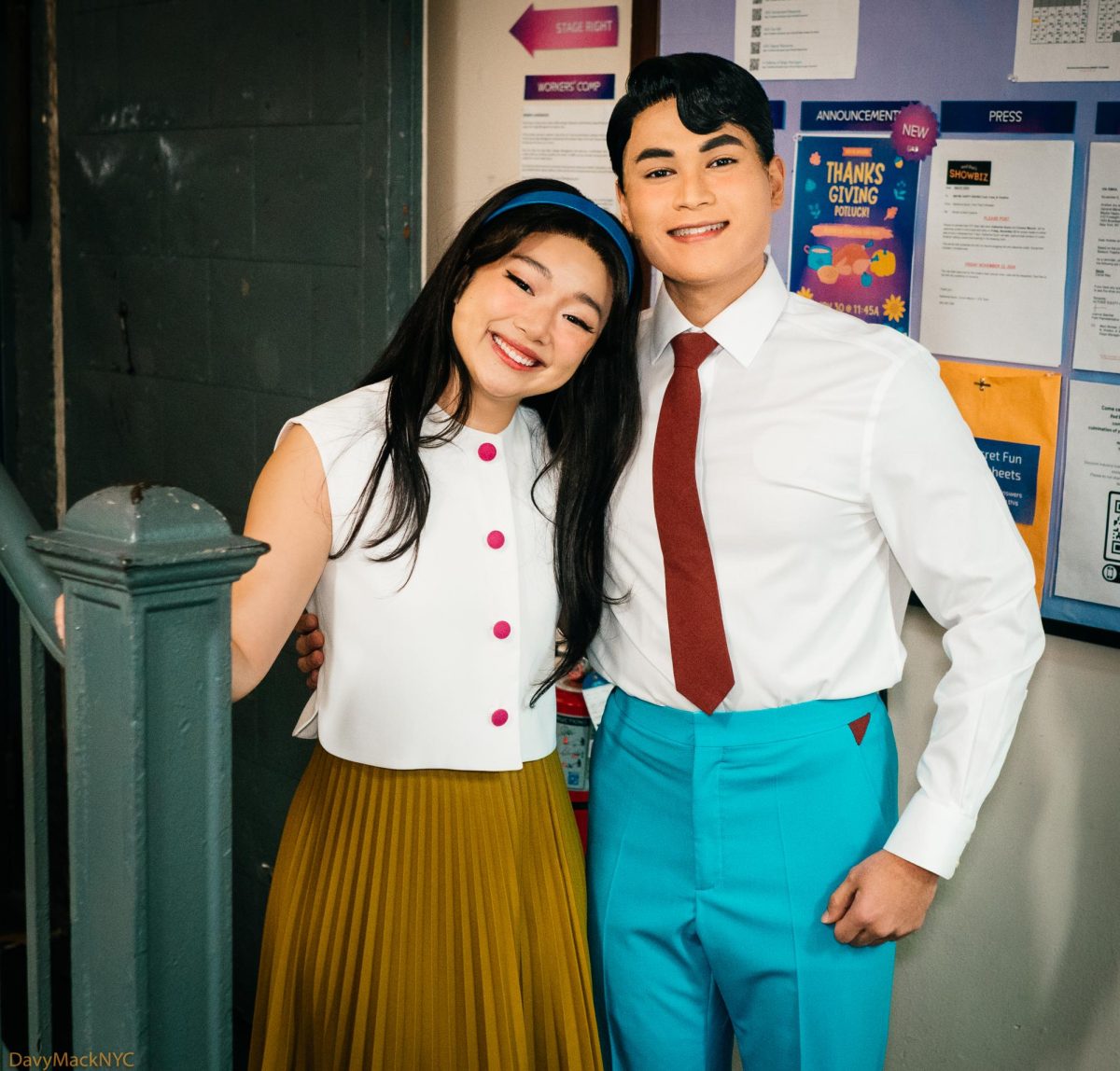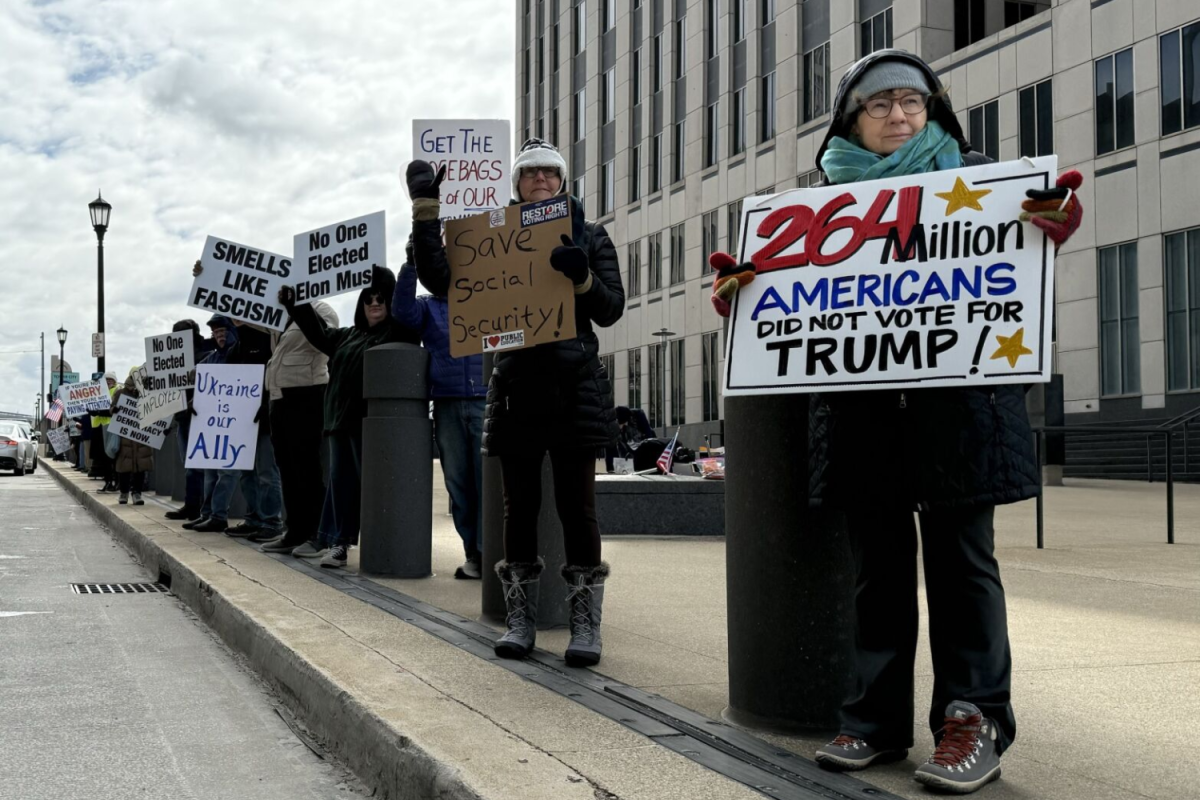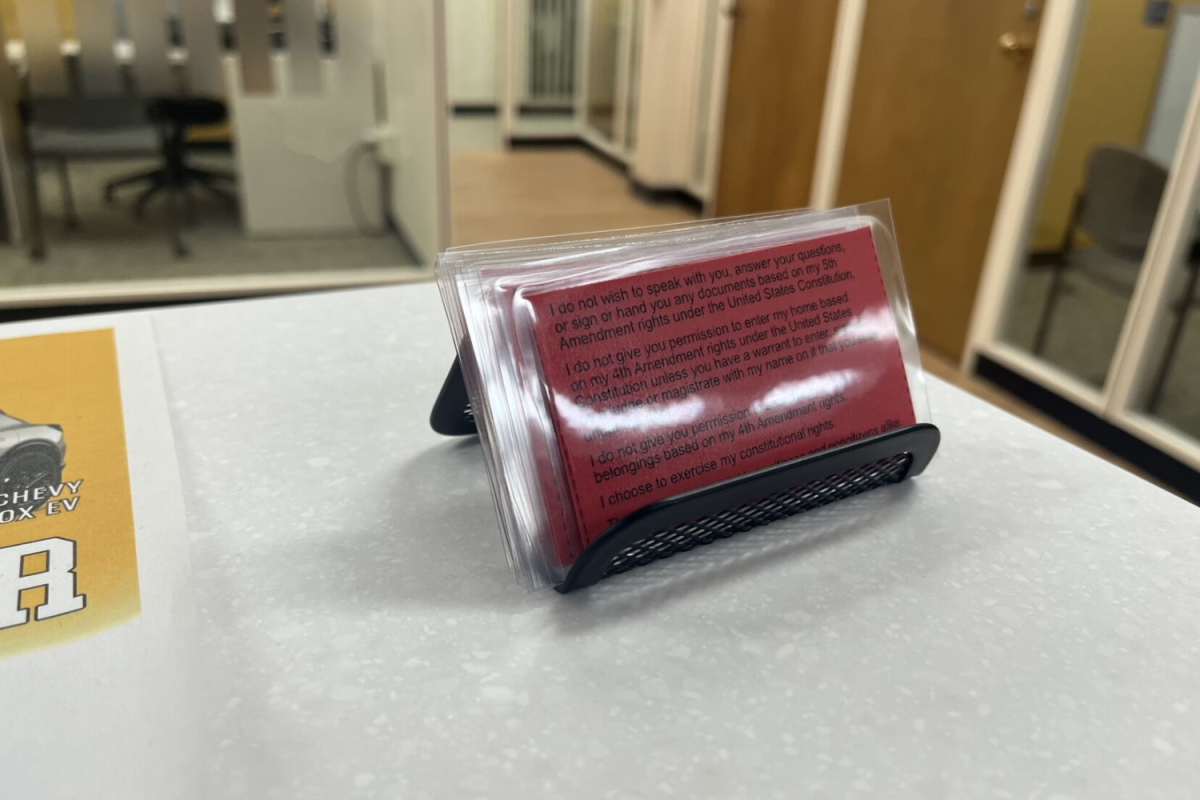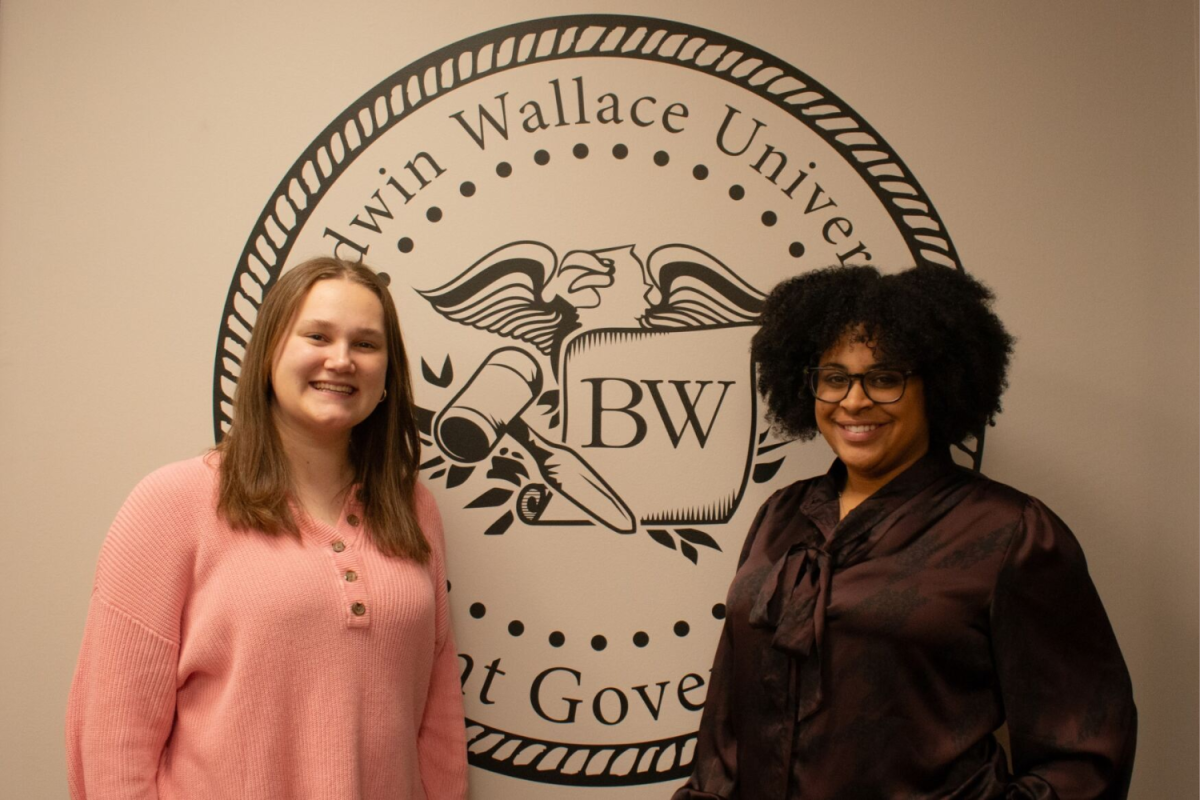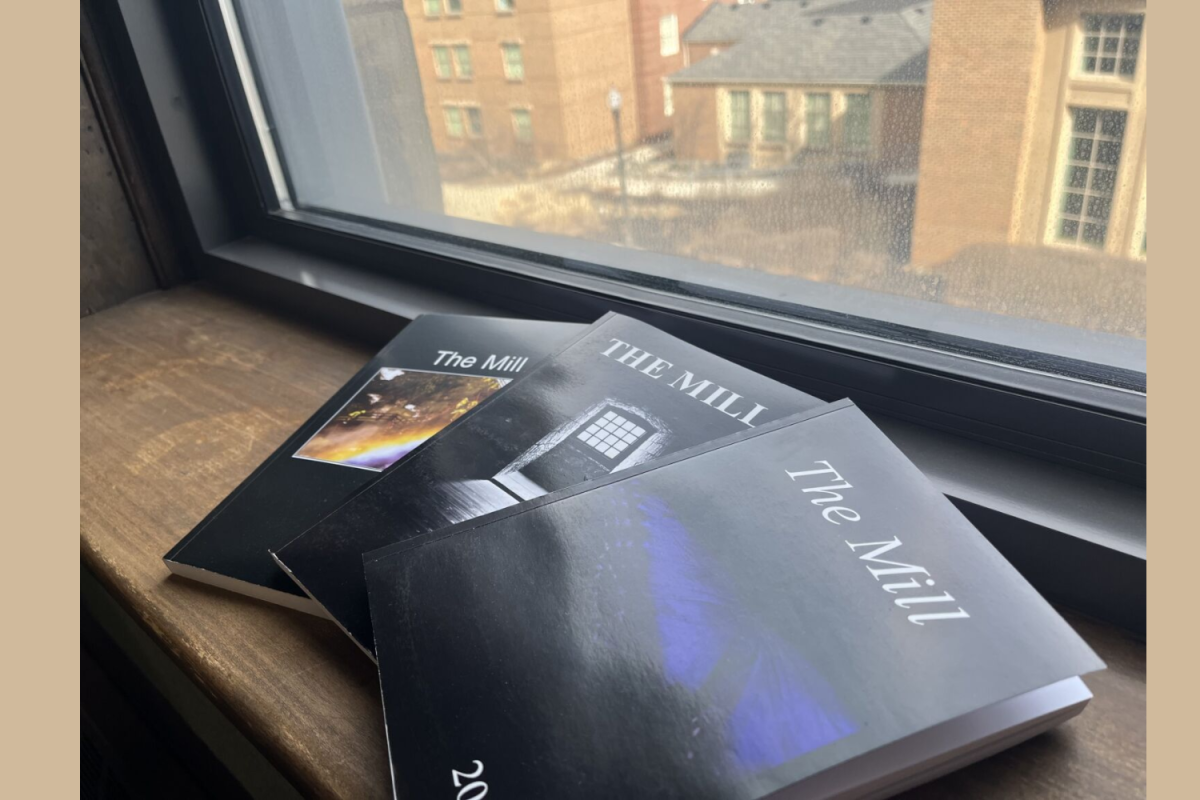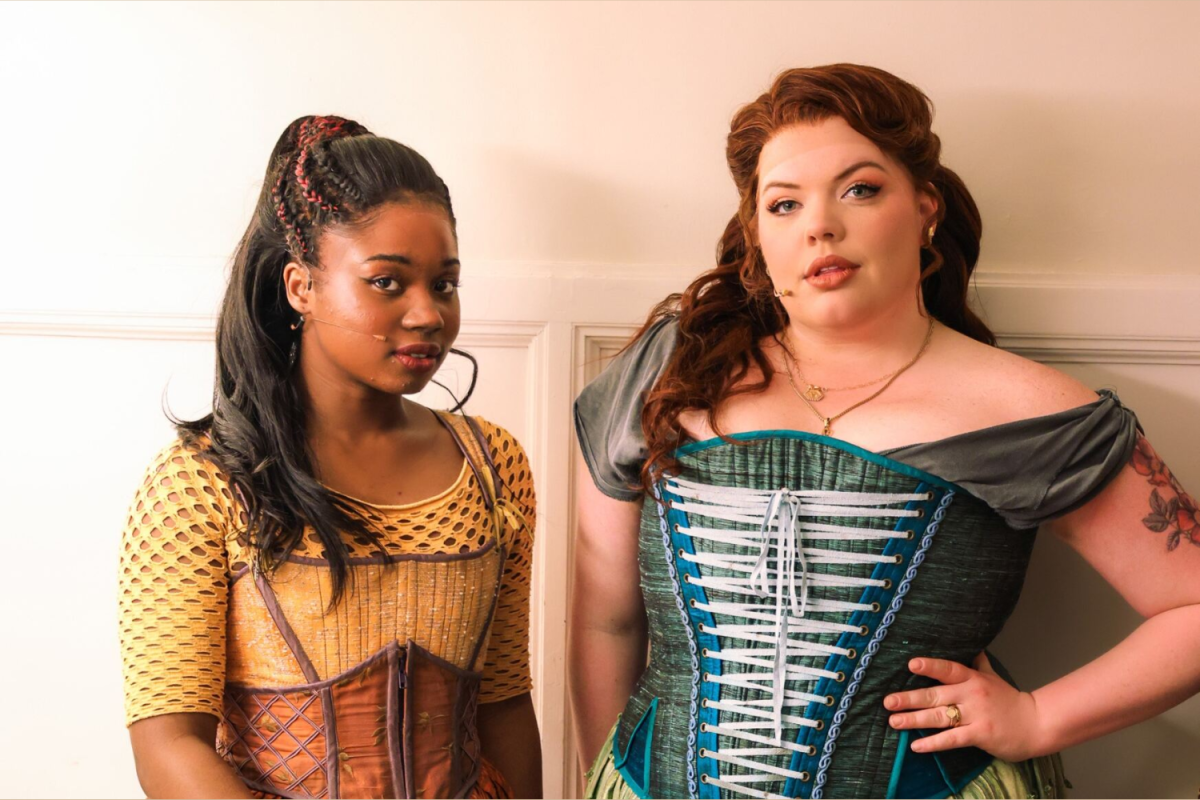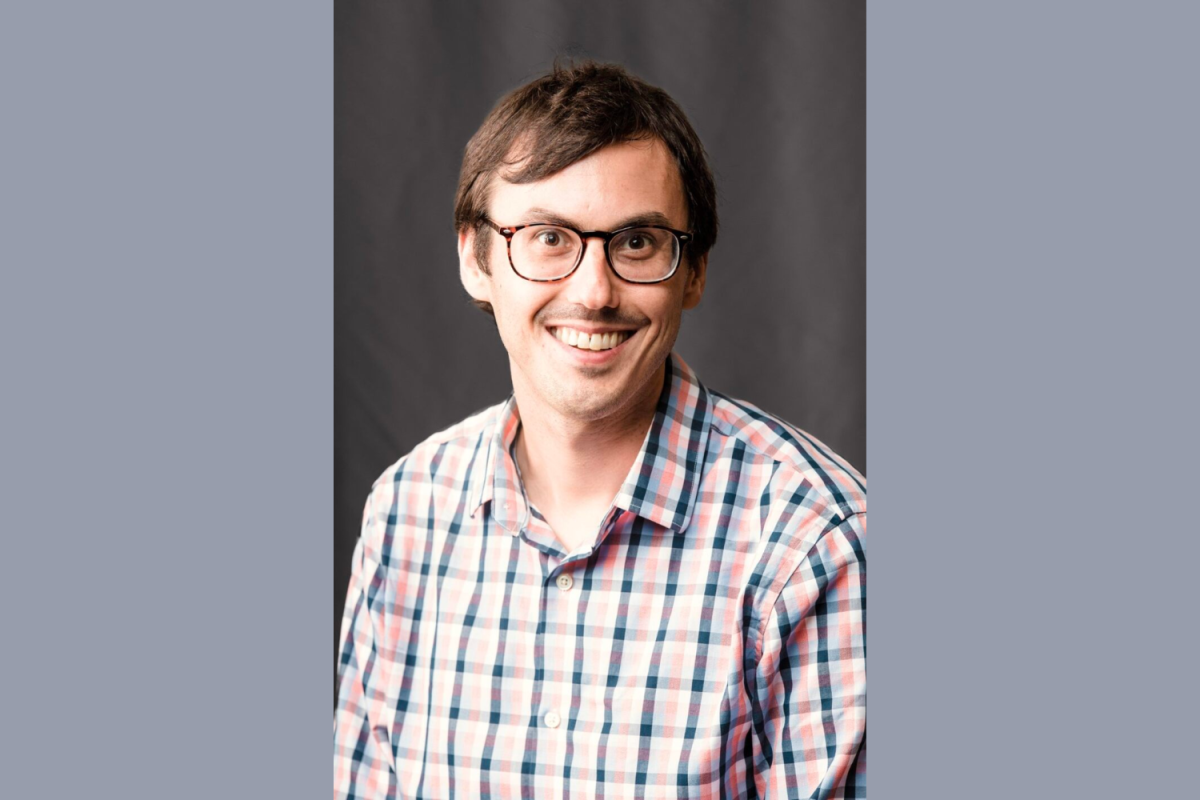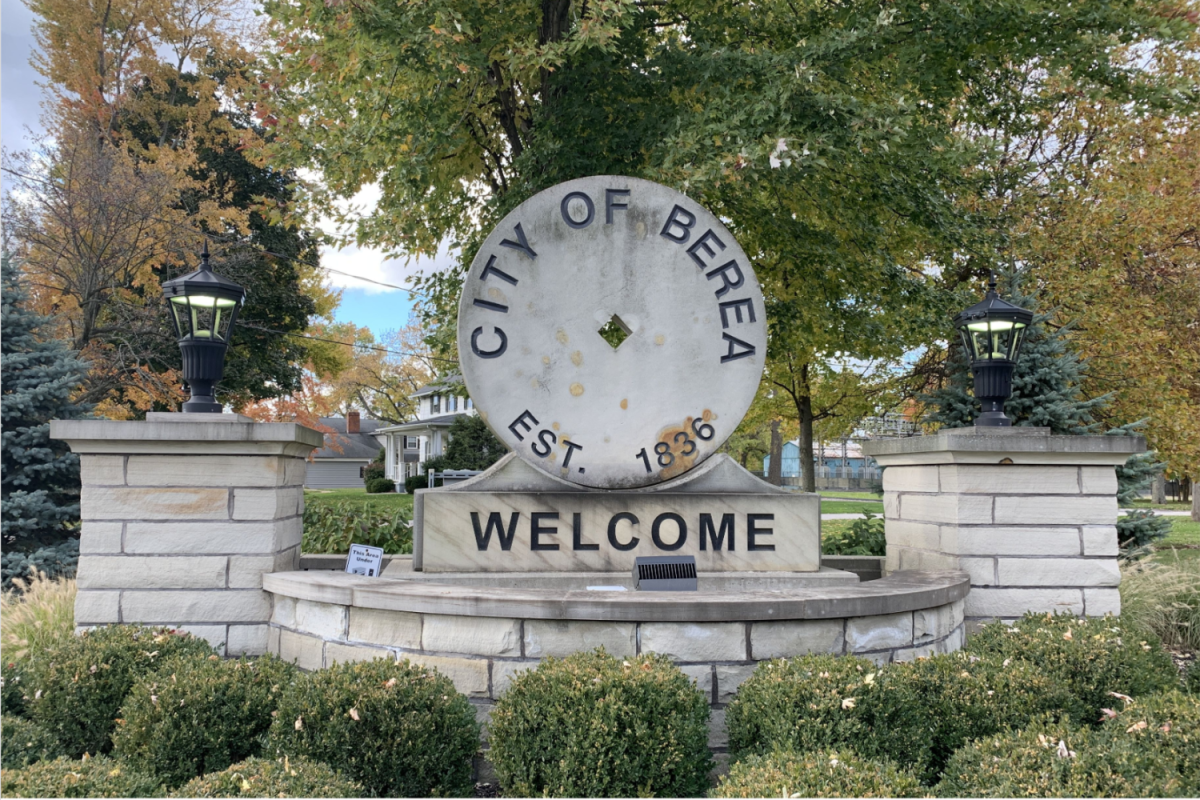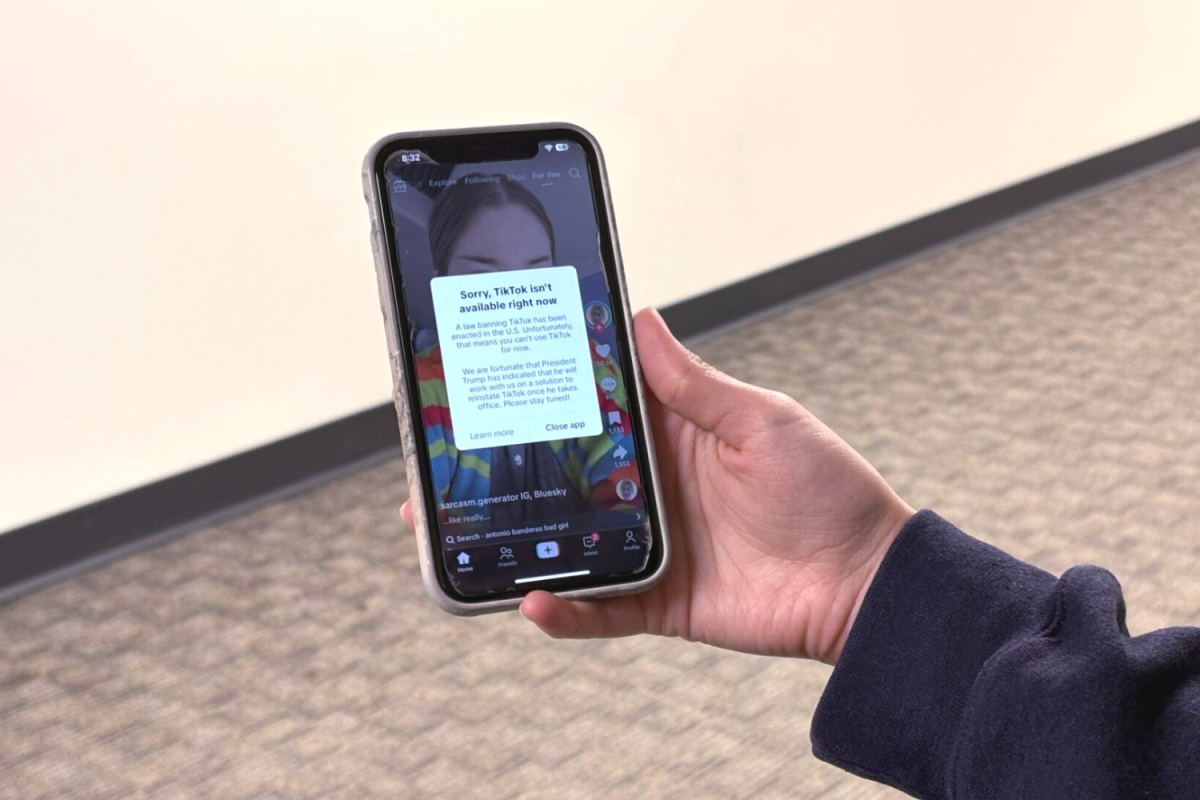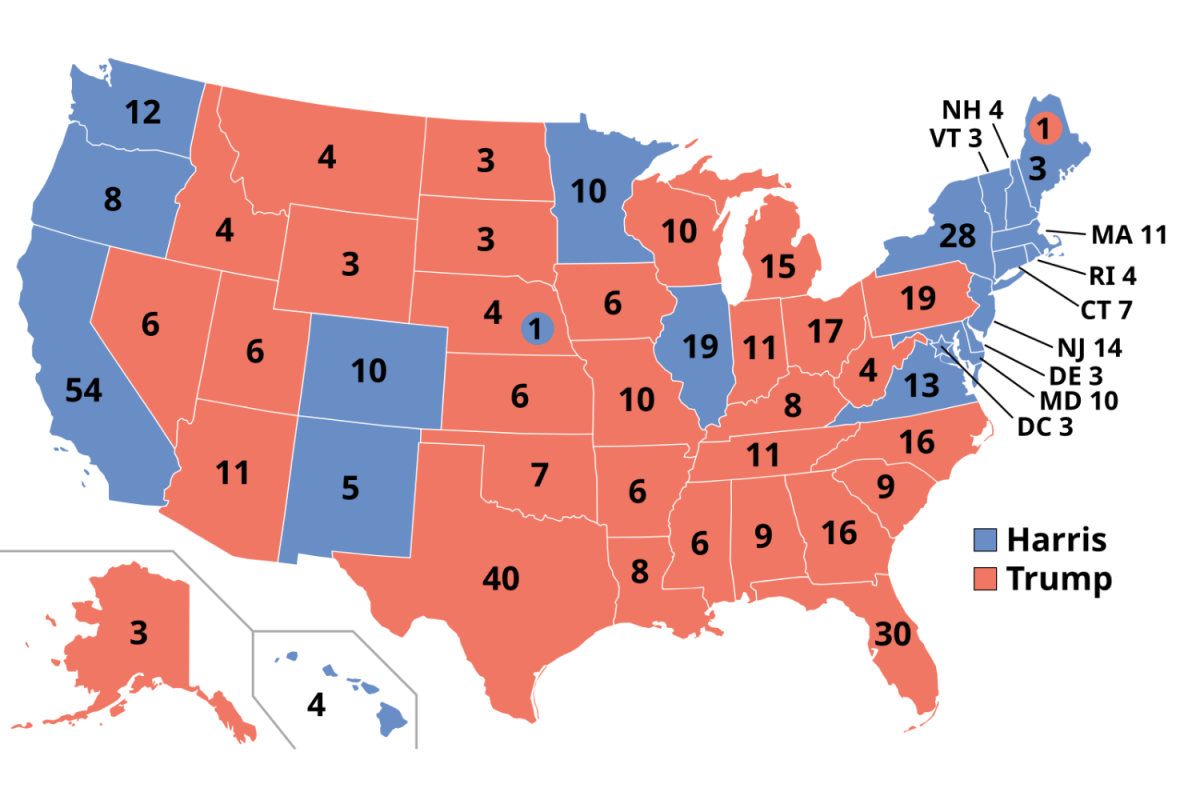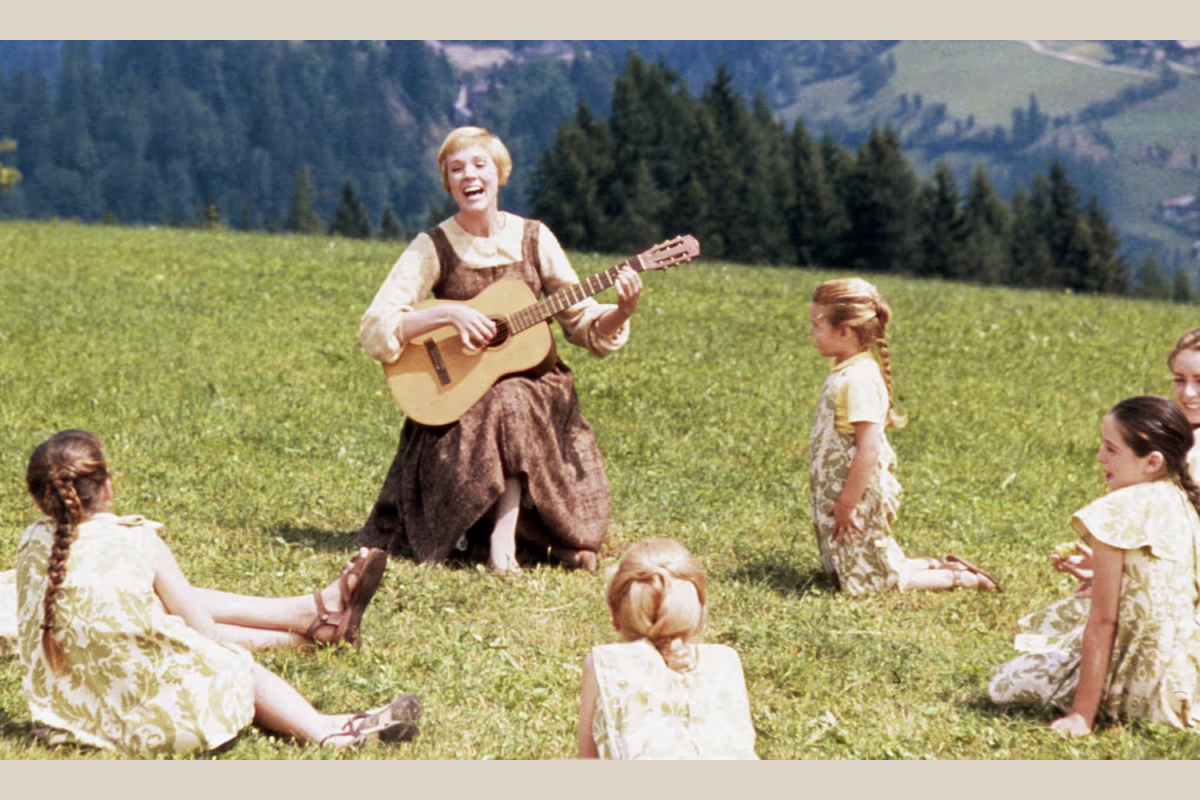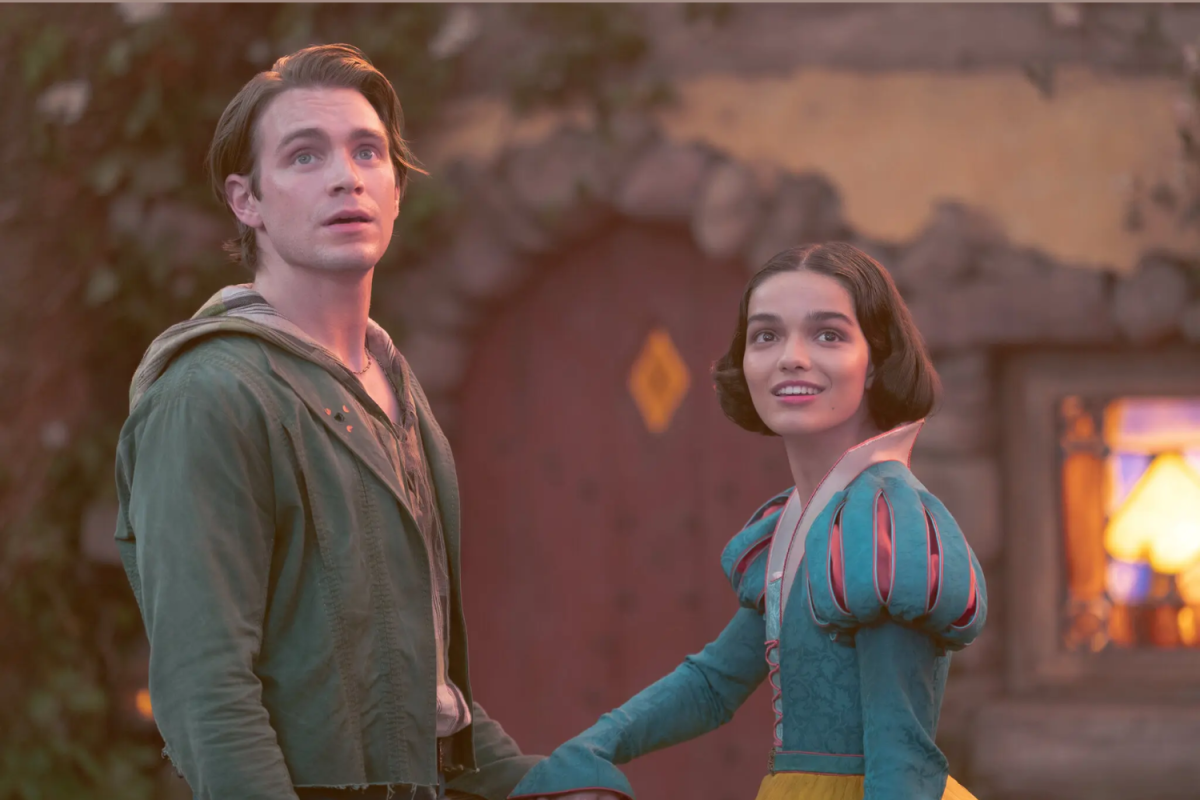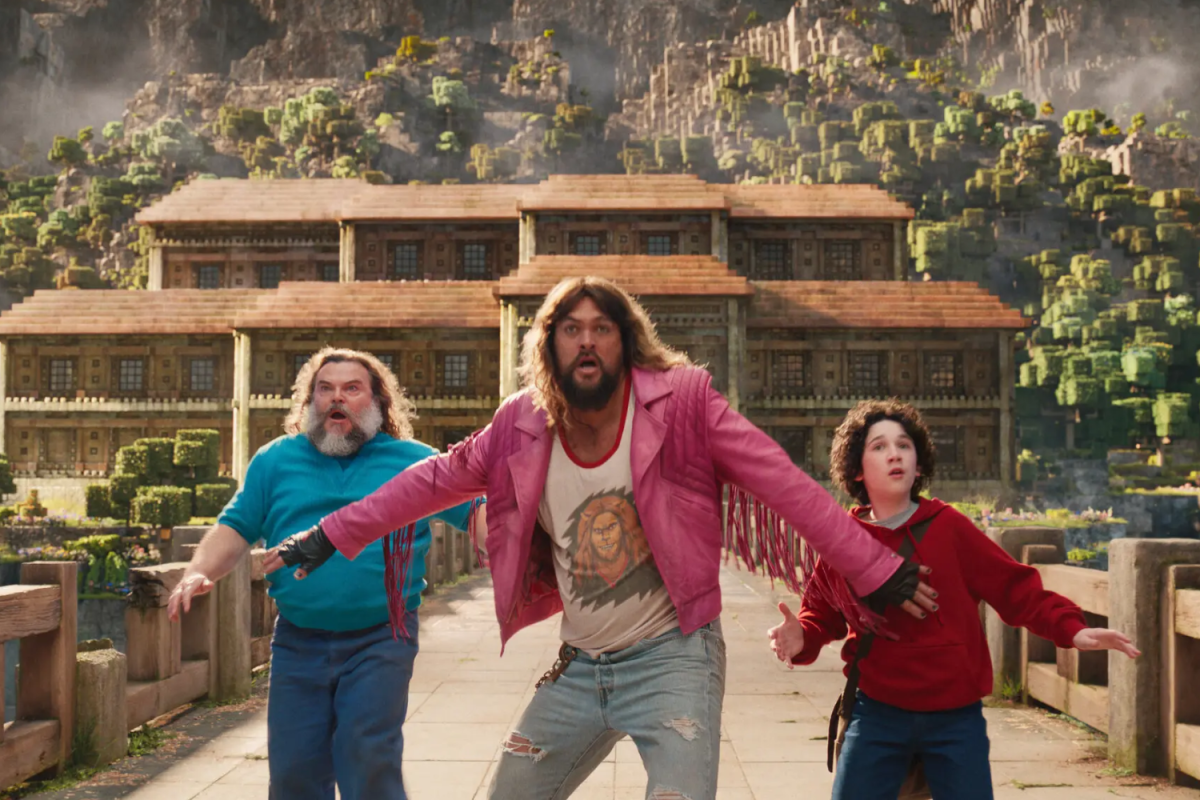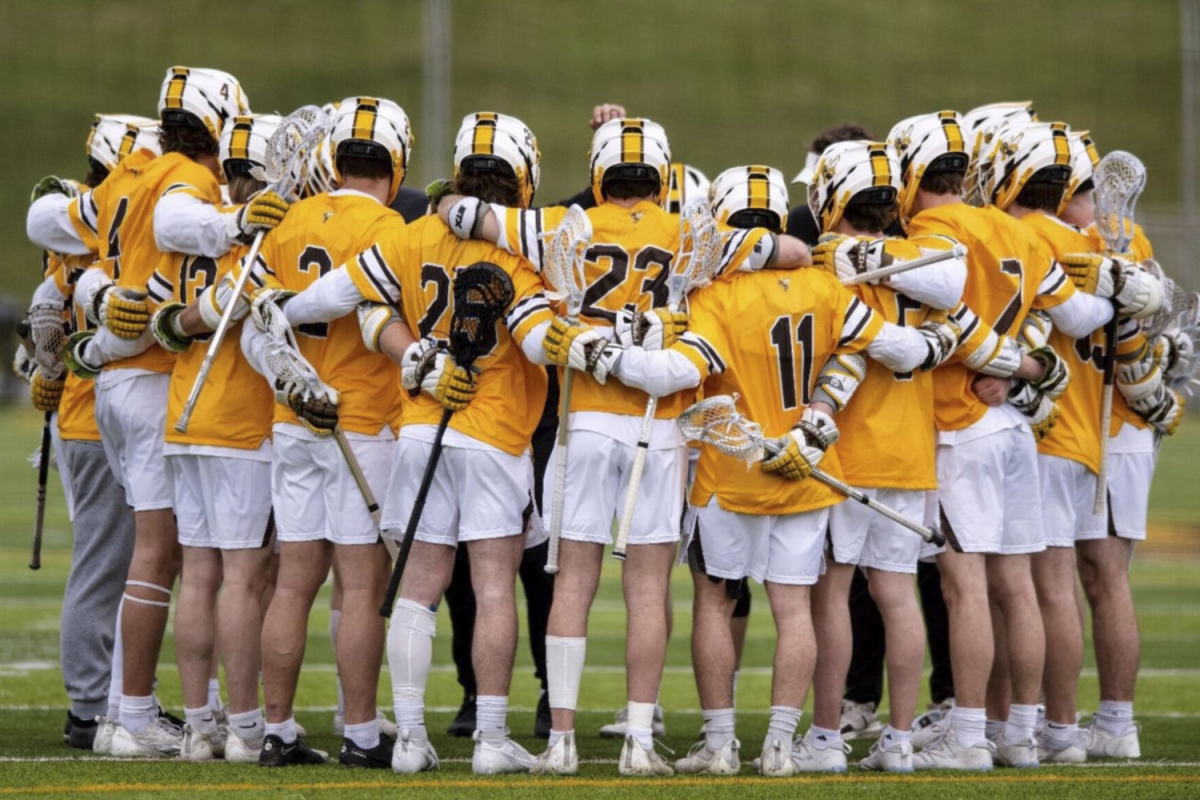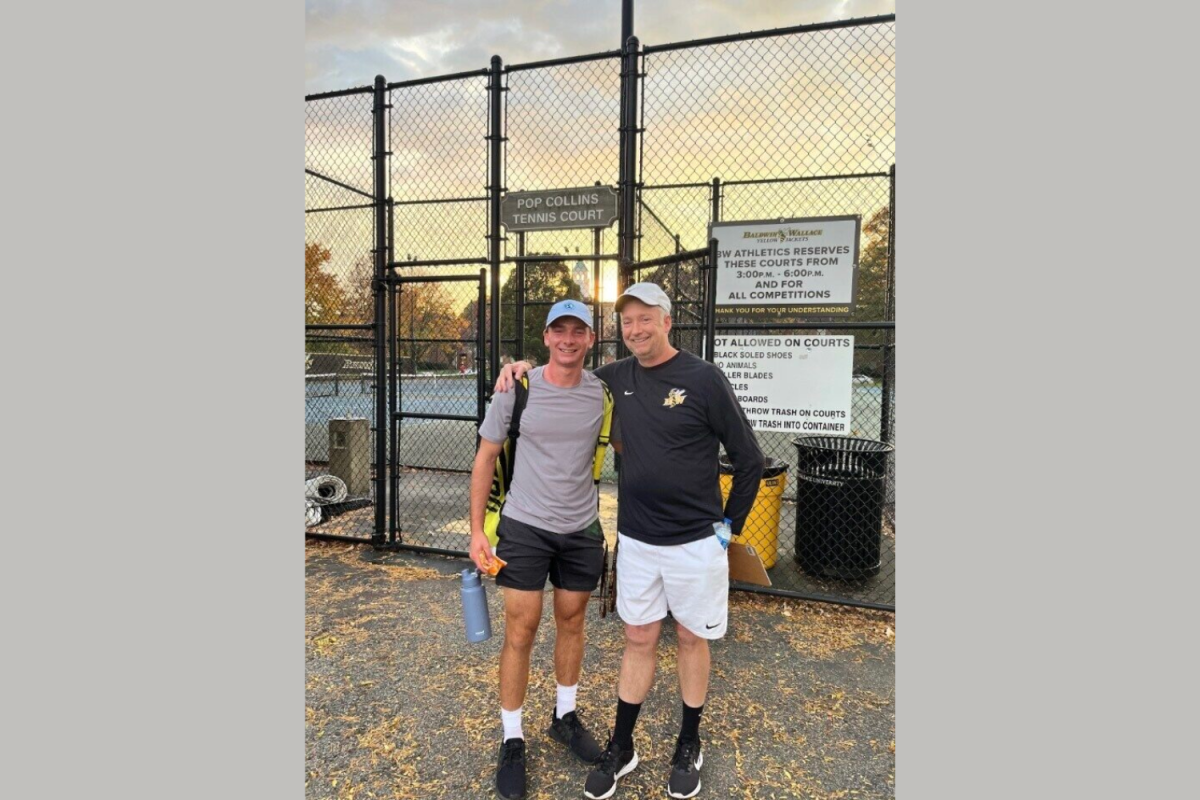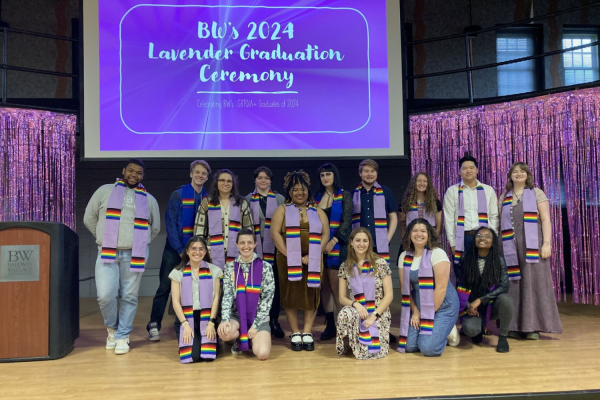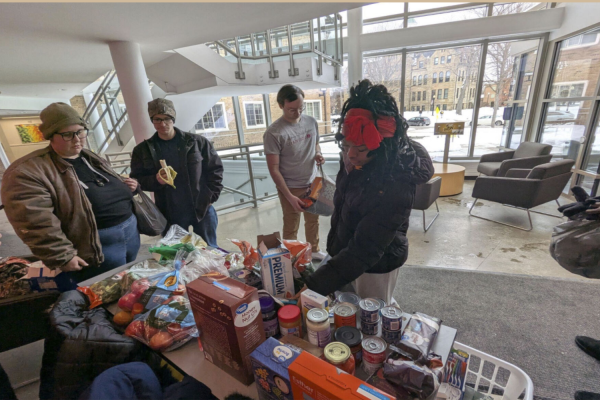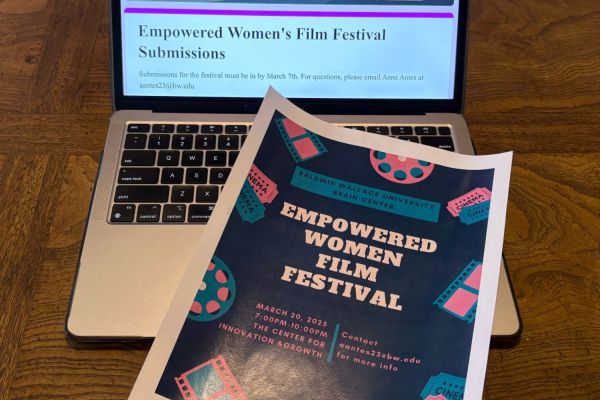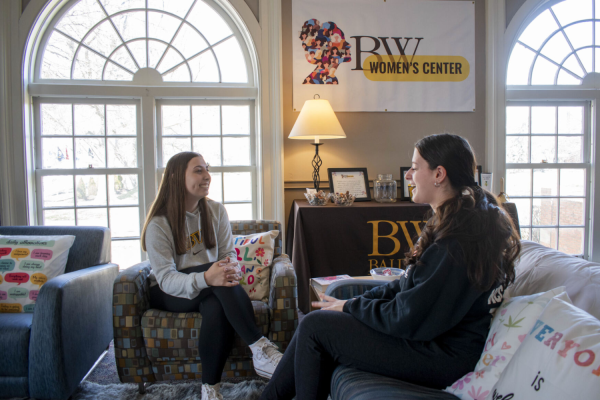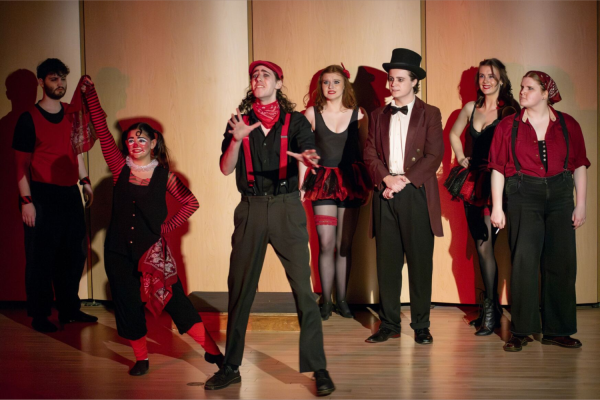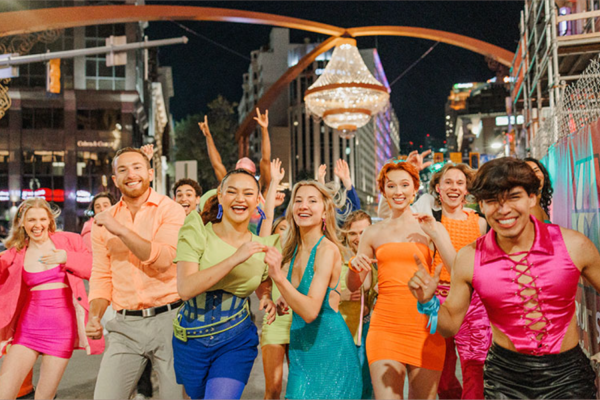Library series asks: What comes after we die?
Ritter Library’s Hereafter series explores religion, mythology and the paranormal possibilities found in both life and death.
For centuries scientists, philosophers, and theologians have posed the existential question: what happens to us once our physical bodies die? Do we move on to another existence altogether, or do we simply cease to exist?
Since 2018, Ritter Library has put together a series of events circulating around a topic of their choice to bring student interest into the library, and this year organizers have placed that age-old question at the forefront.
“The library seeks to engage with the campus and the local community to educate and highlight the items in our holdings but also examine scholarly topics to spark debate and discussion,” said Chuck Vessei, library director.
This year, University archivist Kieth Peppers and John Curtis, director of rare books and special collections, decided to tackle the topic of life, death and the numerous possibilities of what the afterlife may hold.
The Hereafter series focuses on different religious aspects of the afterlife from various faiths from Christianity to Native American religion, highlighting the history and beliefs found in each.
“I find religion to be really interesting and we are trying to showcase something we have in our collection,” Peppers said. “John Curtis, being a rare books librarian, has a lot of great resources in his collection that has to do with the various religions.”
The annual event series is accompanied by a vast display of informational tiles, books and artifacts, which can be found throughout the main level of Ritter Library.
The series itself started as a celebration of the Mary Shelley novel “Frankenstein,” dubbed “Frankenfest,” in 2018. Due to the success of that event, Ritter Library decided to make it an annual series that explores a new topic each fall.
“‘Frankenfest’ just clicked, and I was very surprised and gratified with how well that went, so we just decided to keep the events going,” said Curtis.
One particularly popular event that took place during this year’s Hereafter series was a “haunted walking tour” around Berea. The tour drew both Baldwin Wallace students and community members to learn about the purported paranormal histories in Berea and on BW’s campus.
Casey Casimir, a junior B.F.A. acting major, led the second tour of the night, performing various ghost stories about Coe Lake, Kohler Hall, Lang Hall and a vacant lot on Meecham Street where, as the story goes, a house with an odd past once stood.
“My favorite part of the experience was learning about the historical tragedies that have taken place here,” Casimir said. “This opportunity was not because of a BW program but rather an older acting student who had done it previously recommended me for the job.”
A particularly haunting tale told the story of the hauntings at Kohler Hall, a building with a folk history of being an orphan asylum, an infirmary and even a morgue – which according to legend, used the tunnel in the basement to take bodies to the chapel across the street. (While Kohler Hall was in fact an orphanage, Peppers said in a 2017 interview with The Exponent that many tales of Kohler’s uses – particularly during the American Civil War – were “plausible” but likely exaggerated, and that there was no definitive evidence of the existence of a morgue.)
Ghosts such as the blue mist, a fog-like essence that the performer said would sit on residents’ chests in their sleep, and a friendly little girl named Mable, who stands in female’s dorms, have been claimed to have been spotted by past students before Kohler Hall was closed due to structural issues.
“I loved being able to hear about the history behind Kohler Hall,” first-year biology and zoology major Emma Shockley said. “I had no idea why no one was using it, so it was cool to see a different side to the history on campus.”
The tour concluded at the Adams Street Cemetery, which was open for participants to stroll through and search for the headstones of people mentioned in the stories throughout the tour.
“I enjoyed seeing the Adams Street Cemetery,” sophomore philosophy and sustainability major Kylie Cianciolo said. “It was a great opportunity to learn about the local citizens who shaped Berea. It was also cool to be able to examine the headstones in the dark with headlights.”
While no reports of ghostly encounters were made by participants during the walking tour, there are still seven remaining events in the Hereafter series, including lectures and films exploring religion, immortality, technology and the history behind Adams Street Cemetery. The full series schedule can be found on Ritter Library’s website.
The Exponent is looking for financial contributions to support our staff and our newsroom in producing high-quality, well-reported and accurate journalism. Thank you for taking the time to consider supporting our student journalists.

